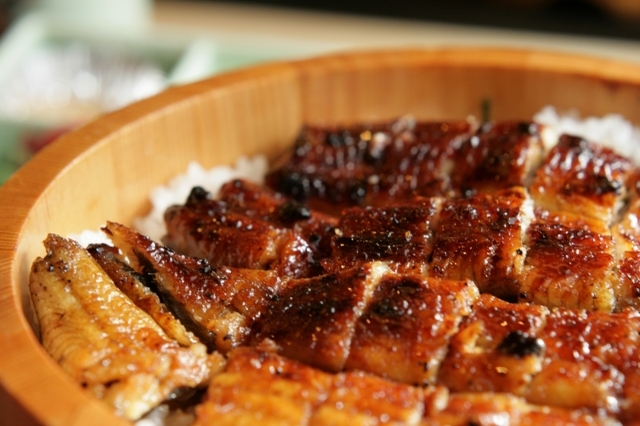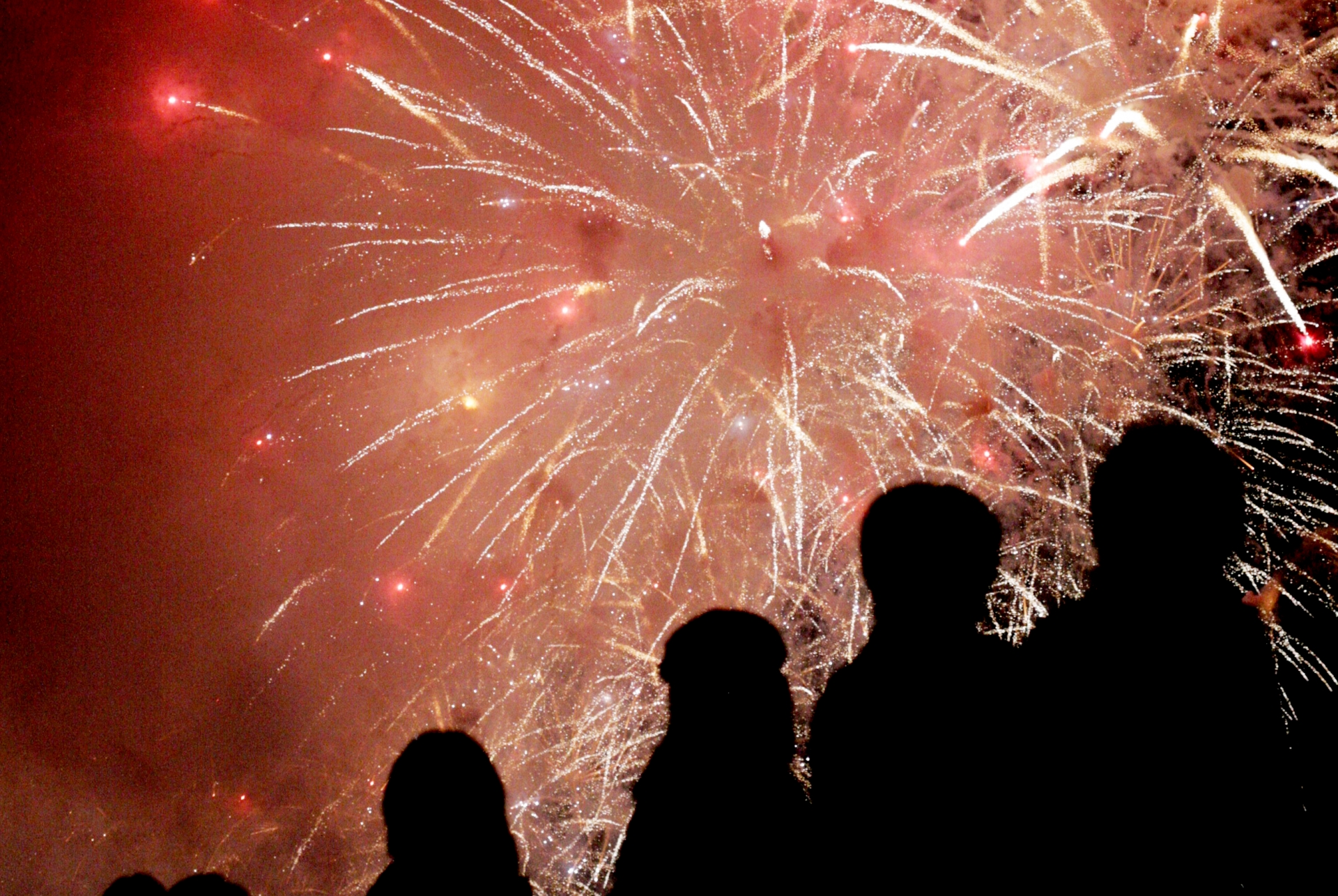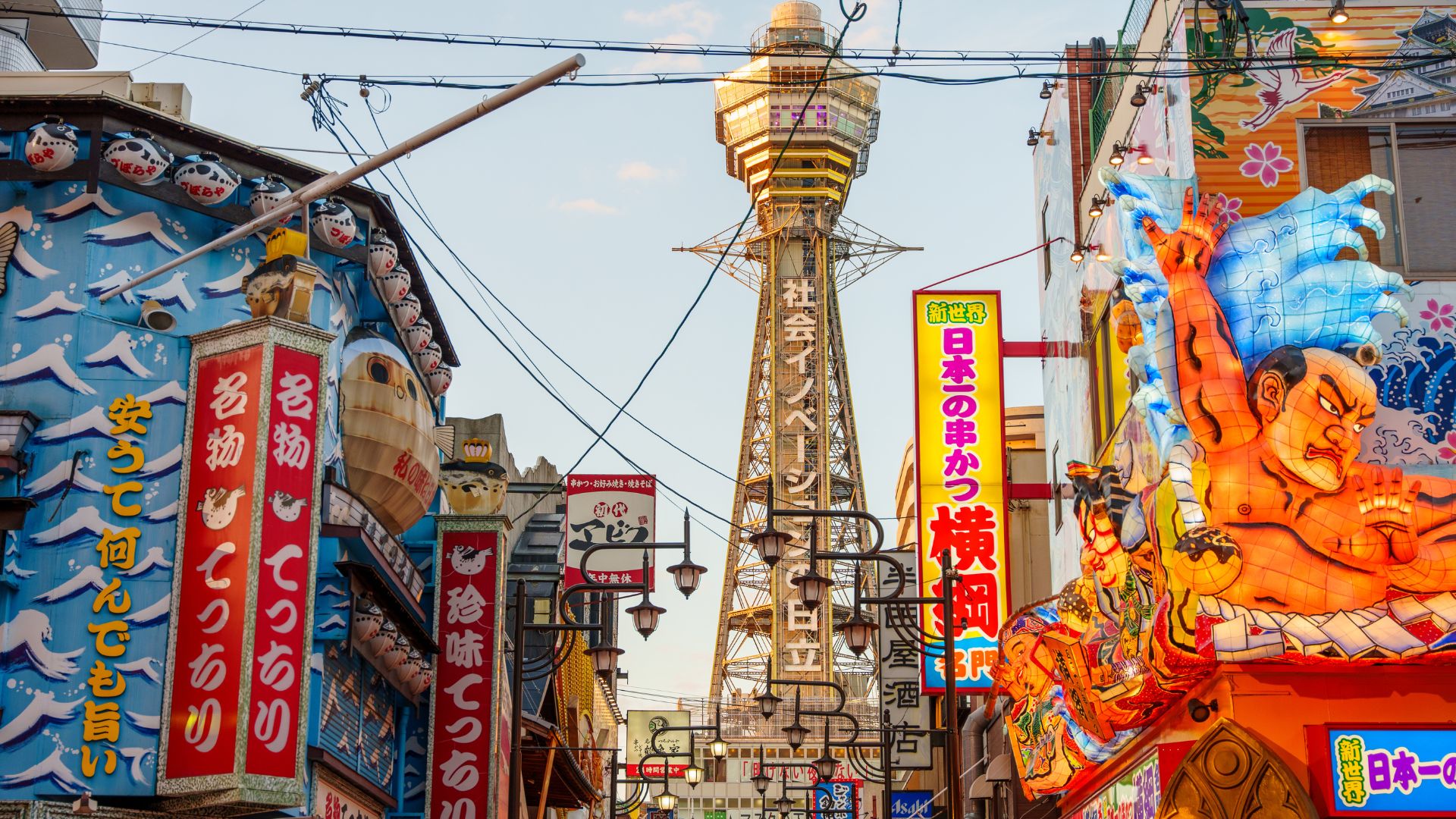
Mao Goto is a Japanese freelancer who was born in Hayama, Kanagawa prefecture, and raised in Tokyo. Since 2016 she lives in the Taito Ward, home to a lot of Japanese culture hotspots such as Asakusa, Akihabara, and Ueno. She has been interested in the field of English education in Japan and got her Master’s degree in March 2020. A lover of photography, travel, sweets, and cross-stitch. Contact her via Facebook.
This post may contain some affiliate links. When you click through and make a purchase we may receive some commission, at no extra cost to you.
When you come to Japan, you’ll have plenty of unique options for different foods to try. Eels, one of Japan’s traditional favorites, are a popular dish loved throughout Japan. It has been a part of the Japanese diet since ancient times, especially during the summer season. It has been valued for its delicious taste and high nutritional value, as a way to combat summer fatigue. Its plump, grilled meat is usually paired with a sweet and spicy sauce, and you can enjoy its melt-in-your-mouth texture and flavor. If you come to Japan, you must try unagi. Eels are an interesting food, but because of its unique flavor and cultural significance, many people cite it as one of the must-try dishes when visiting Japan. In this article, we will share some interesting facts about unagi.
1. What is Unagi?

Eel is a freshwater fish found in the seas and rivers of Japan. Its season is from August to December, and it is widely distributed mainly from Honshu. Adult eels can reach up to 1 meter in length, with the largest reaching 1.3 meters. Its body shape is elongated and circular in cross-section, with large round eyes and a mouth. Its back is dark blue and its abdomen is pure white. Most of the eels you usually eat are “Japanese eel,” however, some restaurants also offer a different type of “European eel”.
2. History of unagi
The history of eels in Japan dates back to the Jomon period. Eel bones have been discovered from shell middens from approximately 5,000 years ago, and since then eel has been recognized as a familiar fish to the Japanese people. Eels appear in old Japanese literature and waka poems, some of which are preserved in the Manyoshu (Collection of Ten Thousand Leaves). Later, it is believed that eels were first eaten as kabayaki (broiled eel) in the Muromachi period. In the Muromachi period, the name “kabayaki” came to be used because the eel was cut into cylindrical slices, skewered, and grilled to resemble “kabano-ho (broadleaf cattail). In the Edo period, eels were abundant in tidal flats and wetlands, and broiled eel became very popular among the common people. During this period, eel bowls also appeared and became popular. Eels were also valued as a tonic food due to their high nutritional value. Today, eel bowls and broiled eel are loved by many citizens as a luxurious yet nourishing Japanese fish dish. Looking back on the history of eels, we can glimpse their deep-rooted popularity and historical weight.
3. How is unagi cooked?
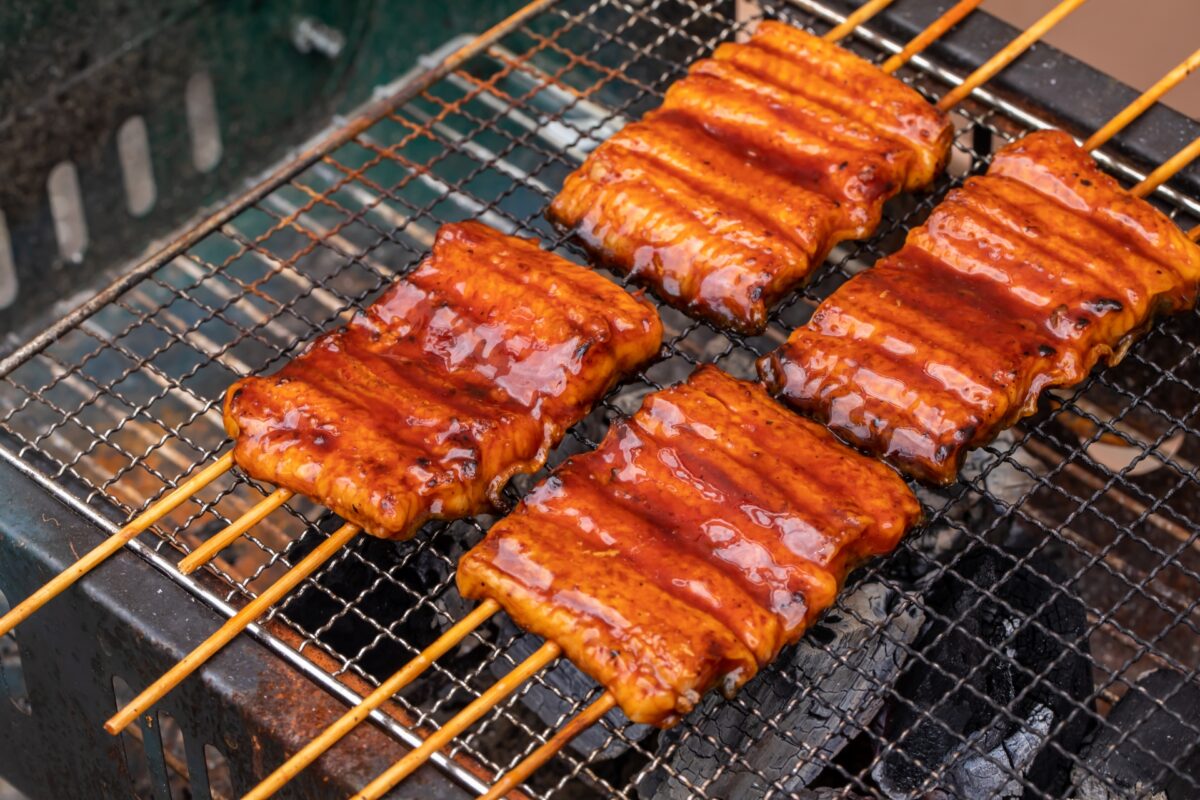
Kabayaki is known as the typical method of cooking eel, but the Kanto and Kansai regions have their own unique cooking methods. The Kanto style, called kabayaki, is characterized by the backside opening, where the meat is thicker at both ends and thinner in the center. The Kansai style is to open the belly, which makes the meat thinner at both ends and thicker in the center. The Kanto style has a light flavor due to the steaming process, while the Kansai style has a fatty and rich flavor. Furthermore, the grilling time differs, with the Kanto style having a fluffy texture and the Kansai style having a crispy skin with a firm texture. “Unaju (うな重)” is known as a representative dish using kabayaki. The kabayaki is served on a bed of white rice in a jubako box dish with a sweet and spicy sauce on top. The rich flavor of the eel matches perfectly with the freshly cooked rice, and is loved as a luxurious dish.
4. When is unagi eaten
The best time to eat eels is on “Doyou no Ushi no Hi” (Midsummer Ox Day). There are various theories as to the origin of this custom, but it is basically believed to have spread around the Edo period. The origin is said to date back to the time when eel was in season from fall to winter and was not available in summer. The story goes that an eel shop in trouble consulted polymath Gennai Hiraga for advice. Mr. Hiraga suggested putting up a sign in front of his store saying “Eat eels on Doyou-no-Ushi,” and as a result, the store became very prosperous, and the custom subsequently spread among eel shops. The date of Doyou-no-Ushi varies from year to year, but in 2024, the two summer Doyou-no-Ushi days are Wednesday, July 24 and Monday, August 5. During this period, supermarkets and department stores hold “Doyou no Ushi no Hi” campaigns, and many broiled eels are on sale. Following this custom, many people take the opportunity to enjoy eels.
5. Where to enjoy unagi
⑴ Hamamatsu
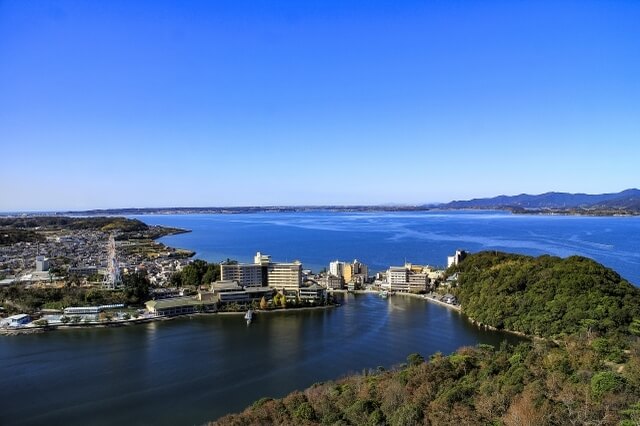
Hamamatsu Eel in Shizuoka is known as the birthplace of eel farming, and its shipments and taste are outstanding. Eel cultivation has a history of more than 120 years, and Lake Hamana is particularly famous for its cultivation. The area is blessed with abundant nature, clean water, and a mild climate which is ideal for its cultivation. As a result, Hamamatsu eels are full of umami flavor and very high quality.
⑵ Nagoya
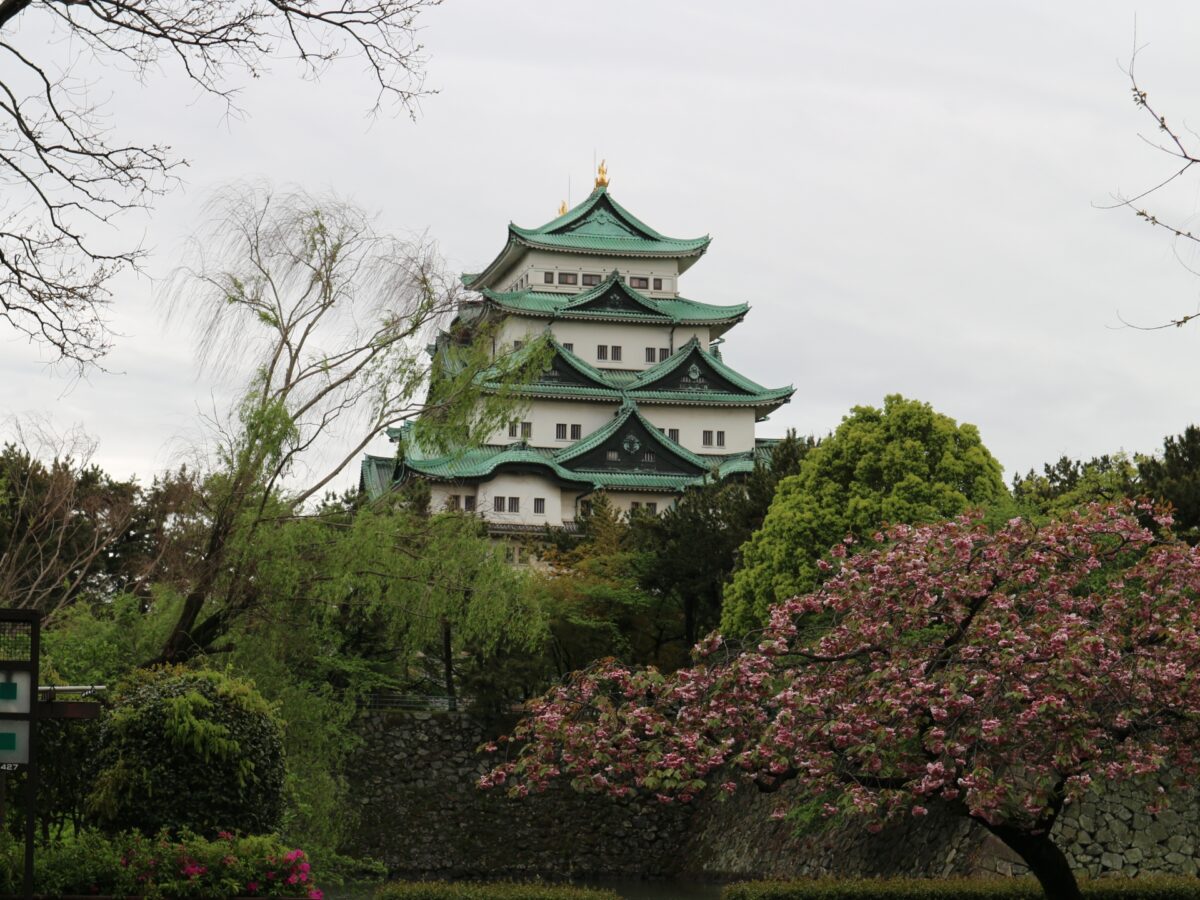
Nagoya is located near Hamamatsu and is a region where eel-eating culture has taken root. Aichi Prefecture boasts the second largest eel production in Japan, especially in the Isshiki district of Nishio City. Many young eels are produced, and they are rich in high-quality fat, which makes the meat and skin tender and full of flavor. Hitsumabushi, a Nagoya specialty, is a dish of rice topped with a generous portion of chopped eel. The recommended way to eat eel is to enjoy it as it is at first, and at the end enjoy it with tea or dashi broth.
⑶ Tokyo
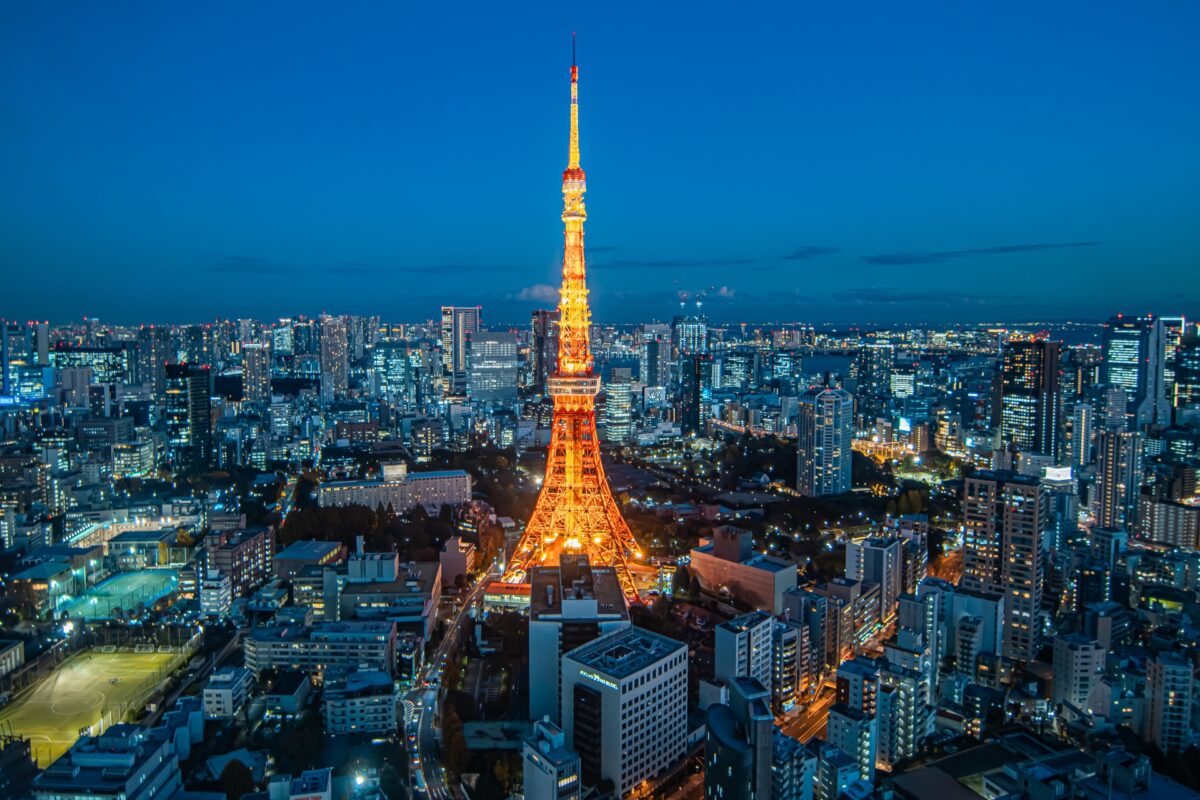
There are numerous eel specialty restaurants in Tokyo, where you can taste the best eels. The originator of “Unaju” was not the owner of an eel restaurant, but the capital owner of a playhouse in Ningyocho during the Edo period. He was a passionate lover of eels and would order and eat them between plays. However, the problem was that the eel would get cold if the play was too long. There, he came up with the idea of putting kabayaki on hot rice, which was surprisingly well received. This innovative method spread, and unaju quickly spread throughout the country. Long-established restaurants specializing in eel dishes that have been around since the Edo period are still rooted in the town, allowing visitors to fully enjoy the traditional taste of this dish.
We have written about eels in this article, but were there any facts you found especially interesting? Japan’s food culture and traditional cuisine are definitely worth a try. Get a taste of Japanese food culture by eating unagi. When you visit Japan, your trip will be enhanced by interacting with the locals and gaining a better understanding of their food culture. We hope that enjoying Japanese food culture, including unagi, will help enrich your travels.
Japan Wonder Travel Tours
Japan Wonder Travel is a travel agency that offers guided tours throughout Japan.
From private walking tours to delicious Food and Drink tours, we can help you organize the best tours just for you! If you want to explore Japan and learn more about the history and backstories of each area you are visiting, our knowledgeable and friendly English speaking guides will happily take you to the best spots!
In addition, we can provide you with any assistance you may need for your upcoming trip to Japan, so please feel free to contact us if you have any questions or need some help!
▶Tokyo Tsukiji Fish Market Food and Drink Tour
Explore the most lively and popular fish market in Tokyo and try some of the local’s favorite street foods and sake with one of our friendly and knowledgeable English speaking guides!

▶Tokyo 1–Day Highlights Private Walking Tour (8 Hours)
There’s no better way to explore an area than taking a tour with a knowledgeable local guide. You will have the chance to learn about the history and interesting background stories of Tokyo, as well as discover some hidden gems which can be hard to do without a guide.
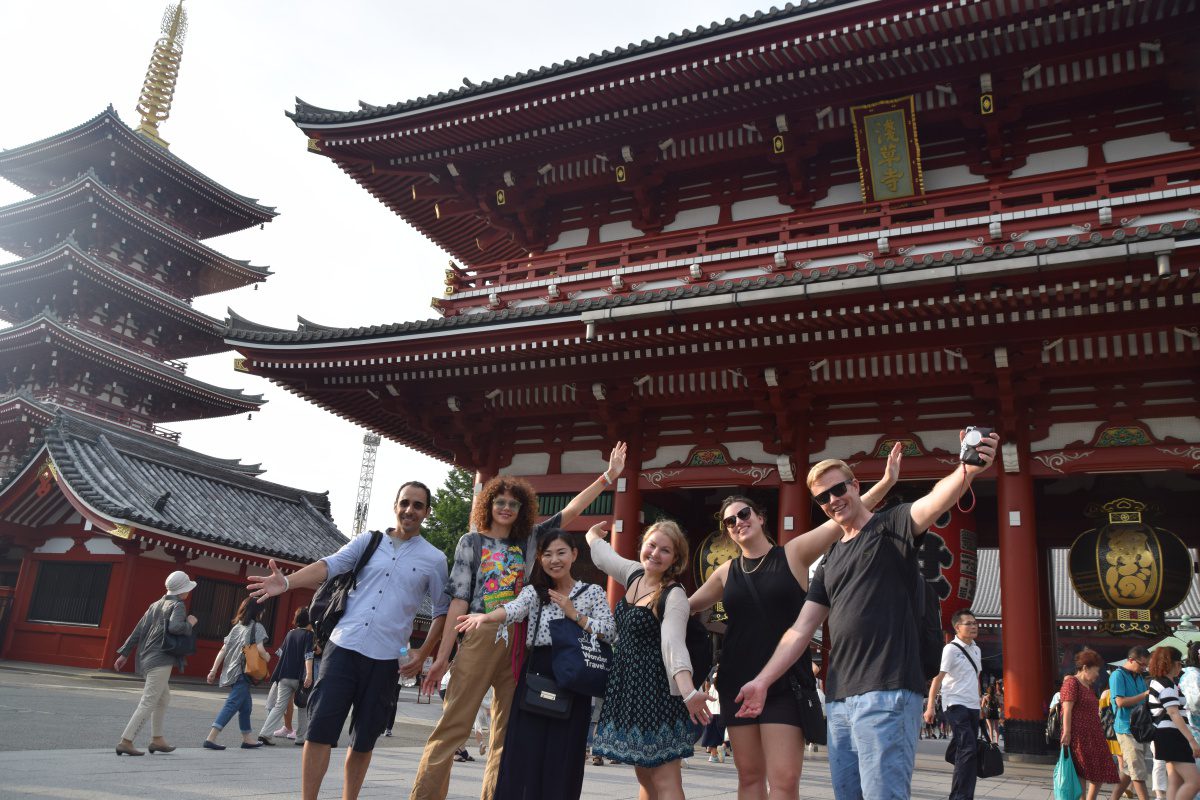
▶Mt. Fuji Day Trip Bus Tour from Tokyo
Experience the breathtaking views of Mt. Fuji by visiting the highlights of the area on our guided sightseeing bus tour! Departing from Shinjuku in central Tokyo, you can travel comfortably to all of the best spots in the area by bus.
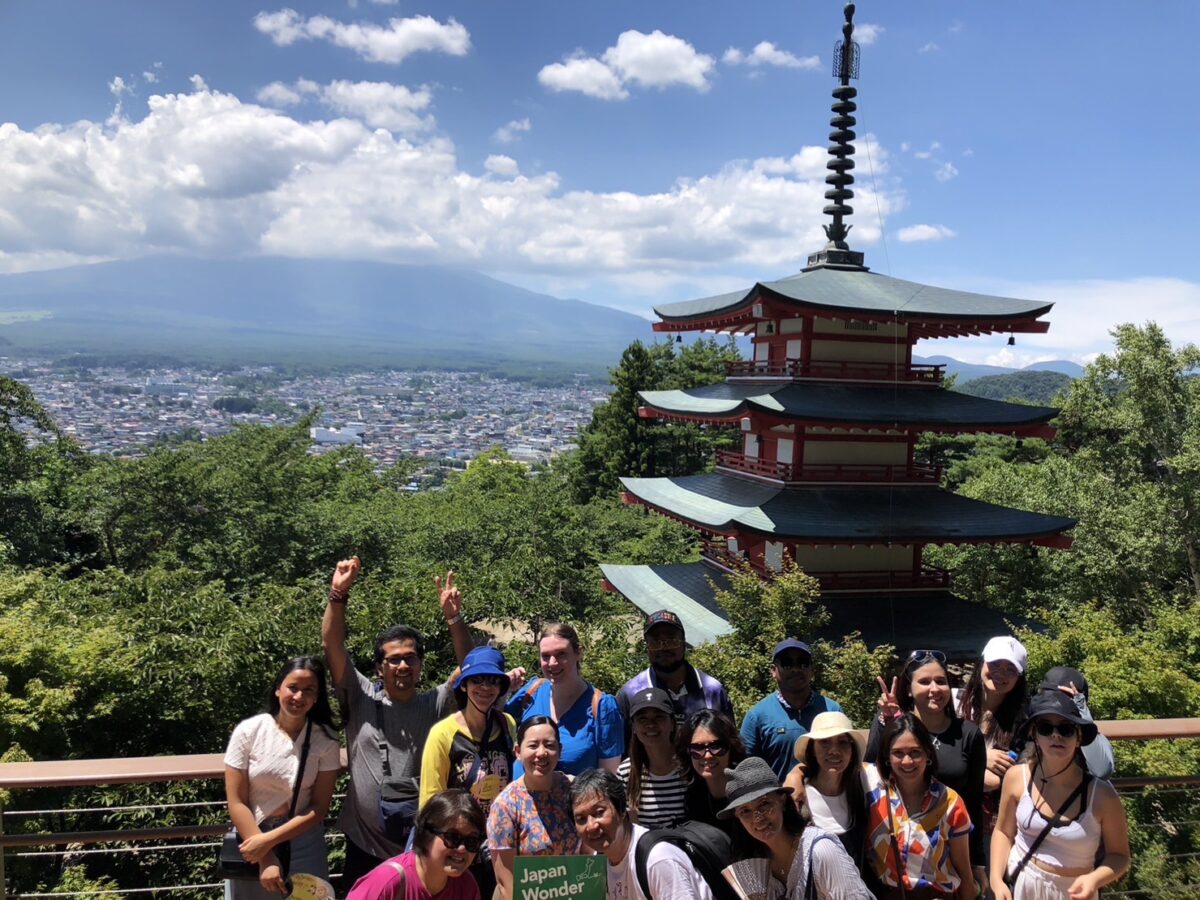
▶Kyoto Private Full Day Walking Tour
On this full-day private tour of Kyoto, you will be able to see the highlights of Kyoto in just one day and at the same time develop a deeper understanding of both the culture of the area and Japan as a whole.
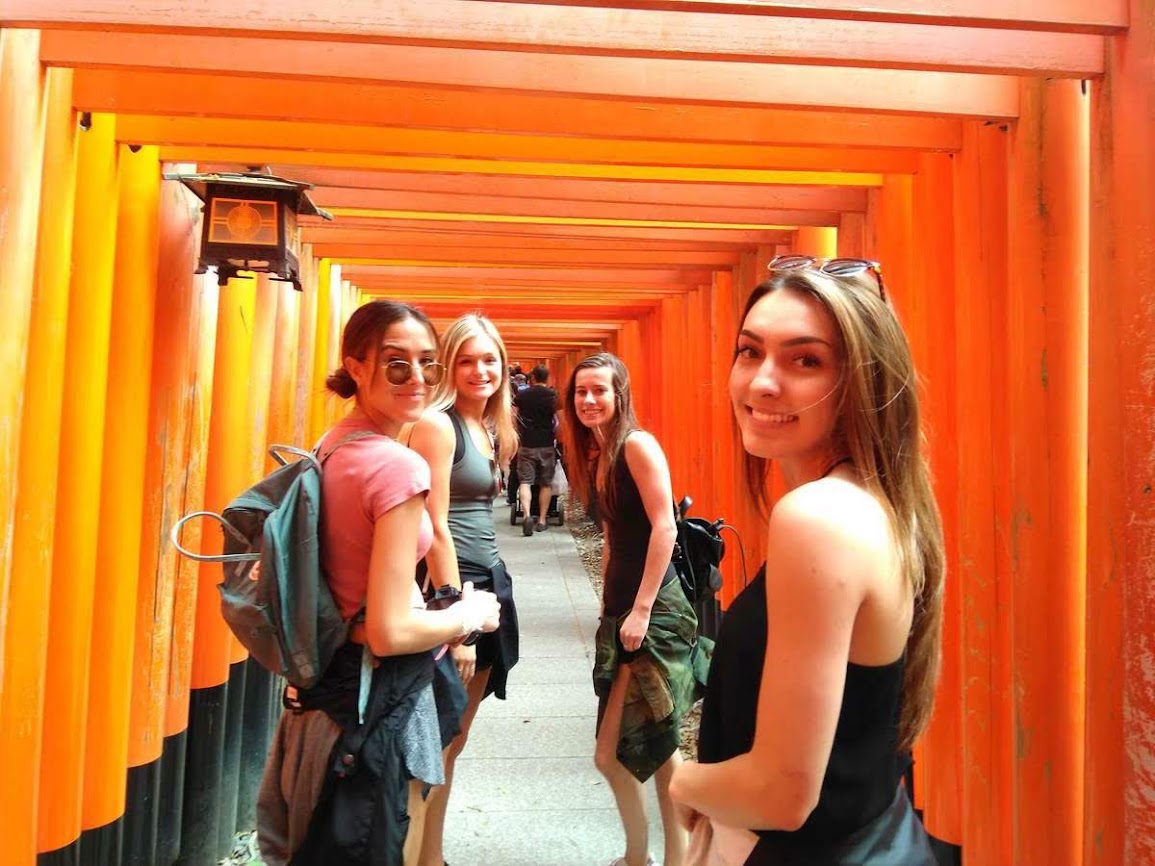
Follow us on Instagram, Facebook, Twitter, and TikTok for more travel inspiration. Or tag us to get featured!
Happy traveling!
